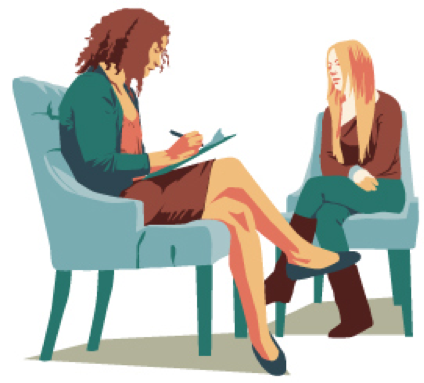
The role of a therapist utilizing the Bowen based theory is to reduce anxiety among the family members and increase levels of differentiation by assisting the family to become more aware of their own actions and areas for improvement (Brown, 1999). The therapist’s role involves engaging the family members to explore their situation to bring self-awareness to their issues; the therapist will not explore the family’s problems, but rather guide them to their own interpretation of the issues presented (Nichols, 2014). An important role for the therapist is to understand and explore family patterns but refrain from problem-solving. One technique a therapist can use with the client/s to explore family structure is the genogram. A genogram is a diagram drawn to illustrate family patterns, by gathering information from the client/s about their family, the therapist is then able to organize a Genogram to look for certain patterns of behavior such as triangles, each family member’s relevance to the issue/s, as well as identify factors such as financial issues, addiction, abuse, etc.; the therapist will then go over the genogram with the client/s to show them their family patterns (Nichols, 2014). Additionally, the therapist should refrain from becoming a third party in the middle of the conflict. Murray Bowen referred to the involvement of involving a third party as a “triangle” and cautioned therapists to be careful of becoming a part of a triangle with their clients. The therapist is encouraged to meet with the clients individually for assessments. However, if the therapist does meet for a couple or family session, the clients should discuss the issues presented directly with the therapist and refrain from conversing with each other during the session (Nichols, 2014).
